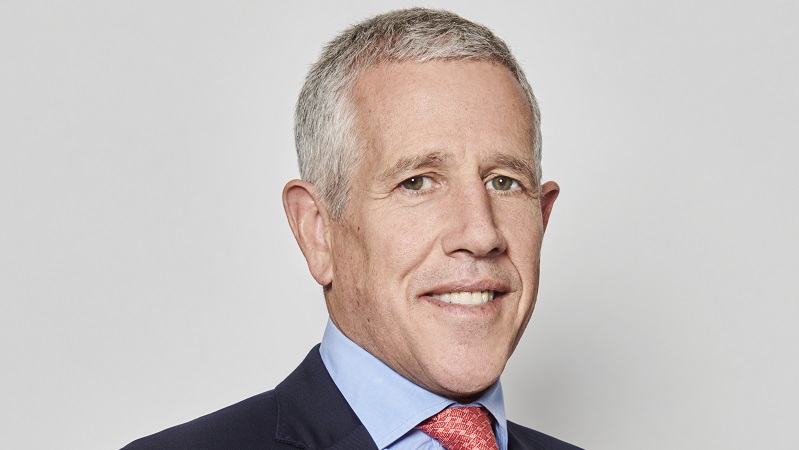As reported in the Financial Times, investors are making forays into riskier markets such as the European periphery, seeking out value that is fast disappearing from traditional prime markets such as London.
Tom Stevenson, investment director, personal investing at Fidelity, said it is not hard to see why investors are looking at commercial property.
“In an environment of persistently low interest rates the yield on offer in parts of the real estate market is attractive. With plenty of evidence that economic recovery is becoming entrenched, the reliability of that income is also increasing. That is a pretty compelling combination.”
However he notes real estate is a diverse asset class, and different types of property – office, retail and industrial – perform differently, as do different geographies. There are also many levels of the quality spectrum in terms of risk.
Focus on the top end
“A high level of risk aversion during and since the financial crisis has driven most property investors into the top end of the market, so-called prime investments in places like the City of London and West End,” added Stevenson.
“The result of all that attention has been that prices have been driven higher and yields (the rental income as a proportion of the value of the property) lower. That has been good news for existing owners but it has made prime property less attractive for potential investors.”
Things are now changing, particularly within secondary markets where property prices have fallen and yields have risen to high levels. That kind of income started to look very interesting to more adventurous investors last year when it became clear that the economy was on the mend and the likelihood of tenants failing to pay the rent diminished.
“What is particularly interesting about the UK secondary property market is that it seems to offer investors the opportunity to pick up an attractive income, with the potential for capital gains too if yields continue to fall, without the need to stray too far from familiar territory,” Stevenson added.
Correlation concerns
Henderson Global Investors, in a presentation to investors, said property is an attractive asset due to its lack of correlation with other asset classes and attractive yield premium. The group said property can be used as a proxy for fixed income, with spreads set to remain at attractive levels and prices representing good value based on a historical basis.
Commercial property investment in the UK hit a six-year high last year, but remains a long way off the period between 2005 and 2007. In Henderson’s view, income remains the main reason to buy property, with forecasts of the total return breakdown over the next few years showing income remaining at fairly constant levels close to 5% while the proportion of capital growth will continue to diminish.
The Association of Investment Companies (AIC) carried out its annual fund manager poll in December, which showed they have rediscovered something of an appetite for property. 10% of those polled favoured commercial property as the sector most likely to outperform.










